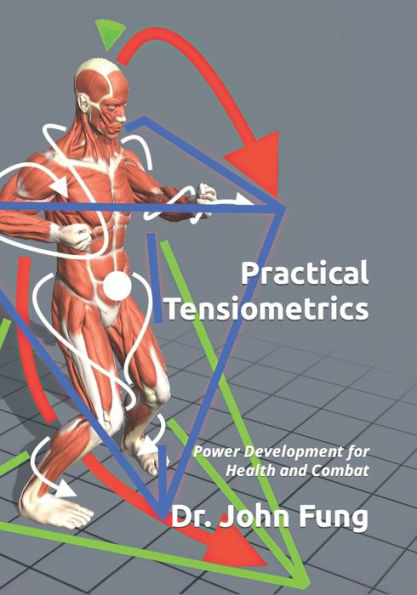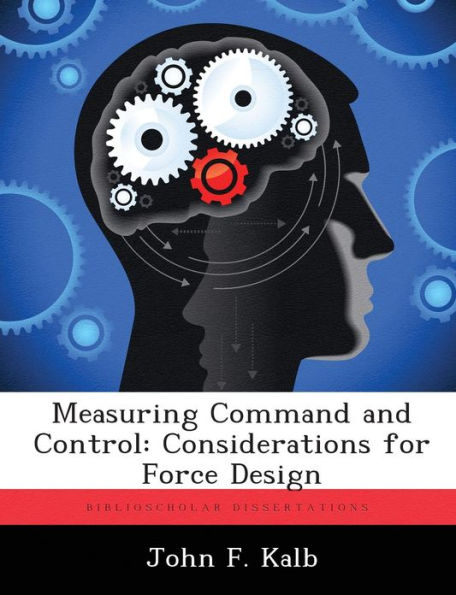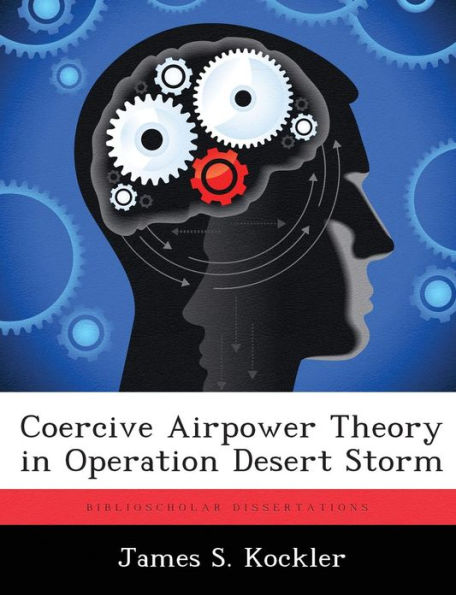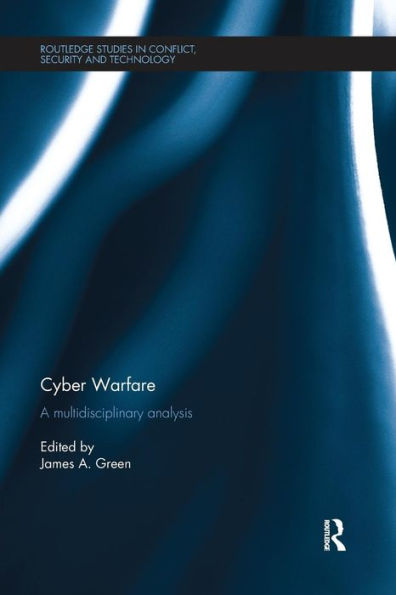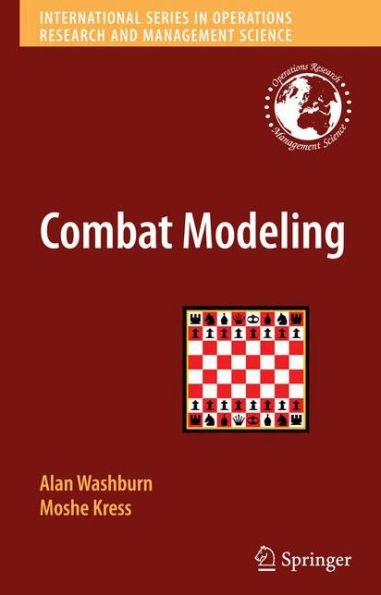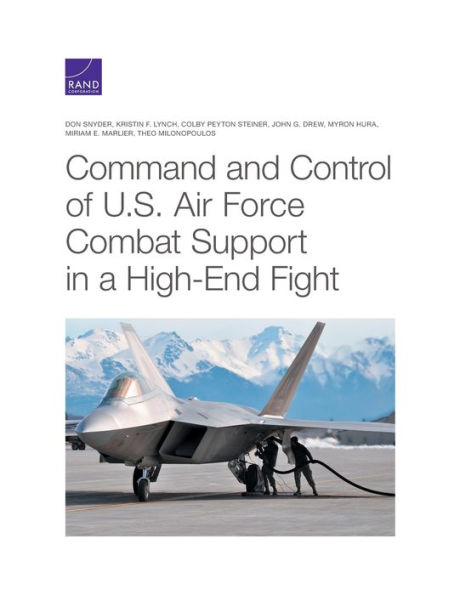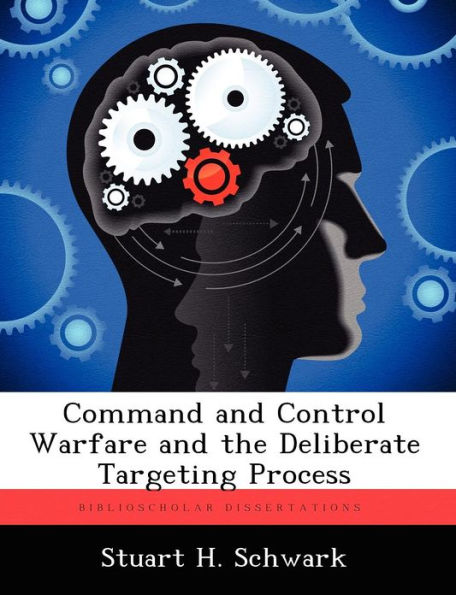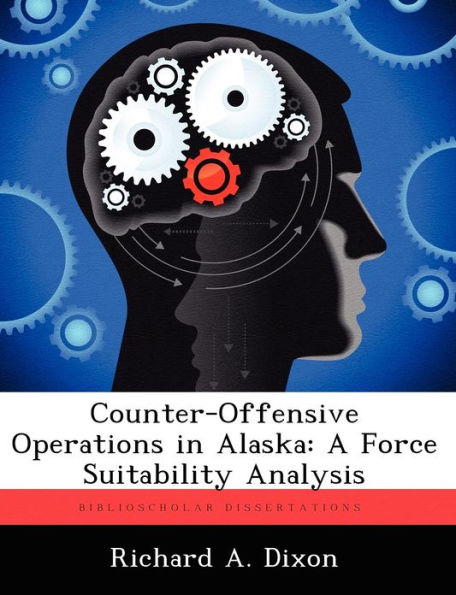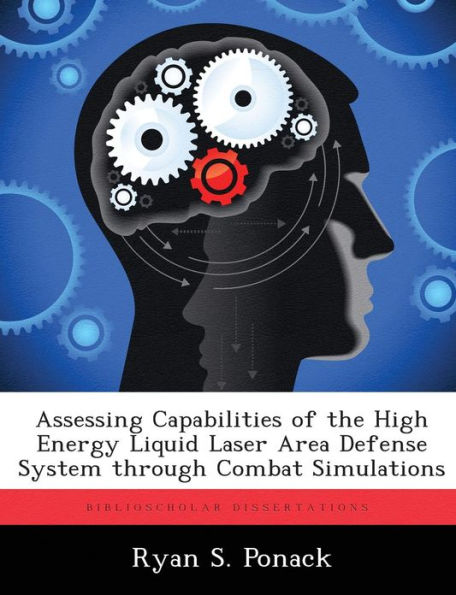Home
Combat Power Analysis is Combat Power Density


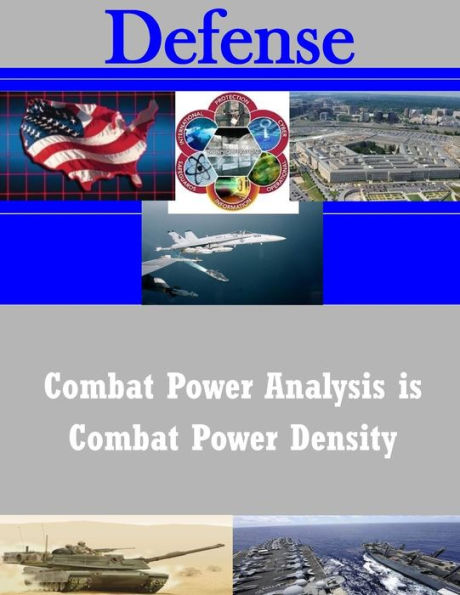
Combat Power Analysis is Combat Power Density
Current price: $14.95
Loading Inventory...
Size: OS
Historically, the United States Army has had difficulty articulating and justifying force requirements to civilian decision makers. Most recently, the wars in Afghanistan and Iraq reinvigorated the debate over estimated force requirements. Because Army planners have failed numerous times to provide force estimates acceptable to the President, the question arises, why are the planning methods inadequate and why have they not been improved? Research began by thoroughly evaluating current doctrinal methods for determining force requirements to determine the rationale for their creation. Army doctrinal publications and research papers published by government and civilian agencies defined key terms, the planning need at the time the methods were developed, and the concepts that influenced the development of the various methods. The research found that current Army doctrine does not provide a coherent theoretical method for determining force density requirements in contemporary operating environments. Instead, doctrine developers have defined three distinct and separate methods for determining force requirements: Correlation of Forces Model (COFM), Relative Combat Power Analysis (RCPA), and Troops-to-Task (T2T). As distinct processes relegated to specific operational situations, they cannot provide a comprehensive picture of force requirements.
